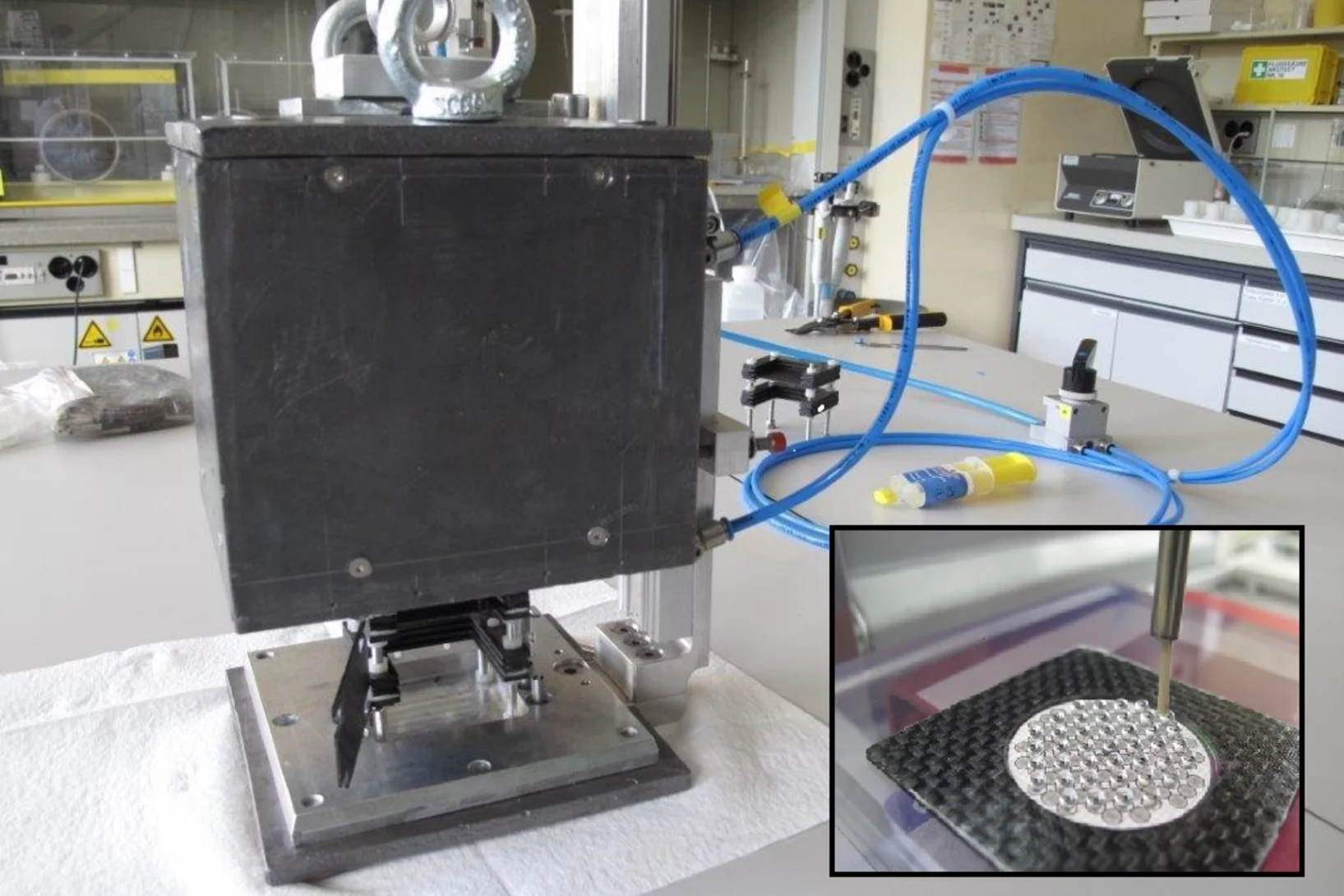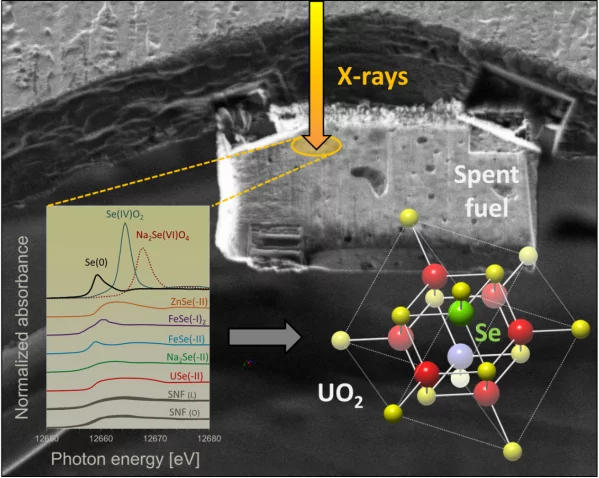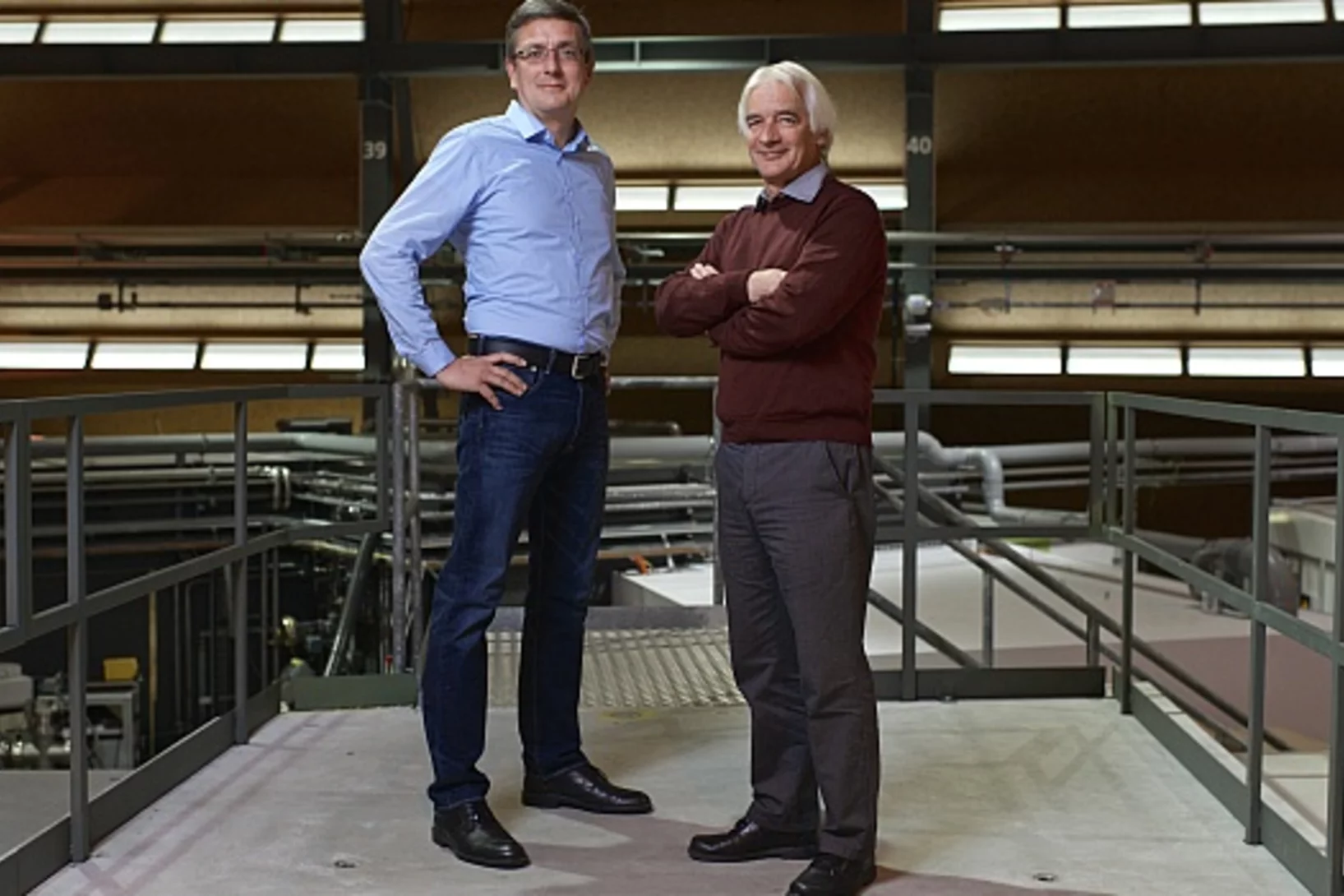Show filters
Radioactive targets produced at PSI enable improving the Big Bang Theory
One of the long-lasting unsolved problems in Nuclear Astrophysics is the so-called "Cosmological Li Problem", i.e. the large discrepancy between the primordial 7Li abundance predicted by models of Big Bang Nucleosynthesis and the one inferred from astronomical observation. The study of the production/destruction rates of the radioactive precursor 7Be is one of the clues for solving this problem.
Infrared imaging sheds new light on the condensation/evaporation process
Researcher at PSI (NES/LRT) have brought modern infrared technologies into their large thermal-hydraulic facility, called LINX, to obtain insights into condensation/evaporation process occurring under thermodynamic conditions resembling those of a nuclear power plant containment during a severe accident scenario. In such a scenario, condensation is of prime importance to control the thermodynamic state of the containment. It affects the pressure history, the overall gas (steam, hydrogen) and fission product distribution within this last barrier. Better understanding of these phenomena under accident conditions is essential to properly predict the accident evolution.
The chemical state of 79Se in spent nuclear fuel
An interdisciplinary study conducted at different PSI laboratories (LES, AHL, LRS, SYN) in collaboration with Studsvik AB (Sweden) demonstrates that selenium originating from fission in light water reactors is tightly bound in the crystal lattice of UO2. This finding has positive consequences for the safety assessment of high-level radioactive waste repository planned in Switzerland, as it implies (contrary to previous assumptions) that the safety-relevant radionuclide 79Se will be released at extremely low rates during aqueous corrosion of the waste in a deep-seated repository.
La structure de la maladie du béton
a été décryptée
Quand ponts, barrages et autres ouvrages en béton se retrouvent striés de fissures sombres au bout de quelques décennies, c’est que la maladie du béton est à l’œuvre. Des chercheurs de l’Institut Paul Scherrer PSI et de l’Empa viennent de réussir à décrypter au niveau atomique la composition du matériau qui apparaît dans ces fissures. Ils ont découvert un agencement atomique cristallin, inconnu à ce jour.




